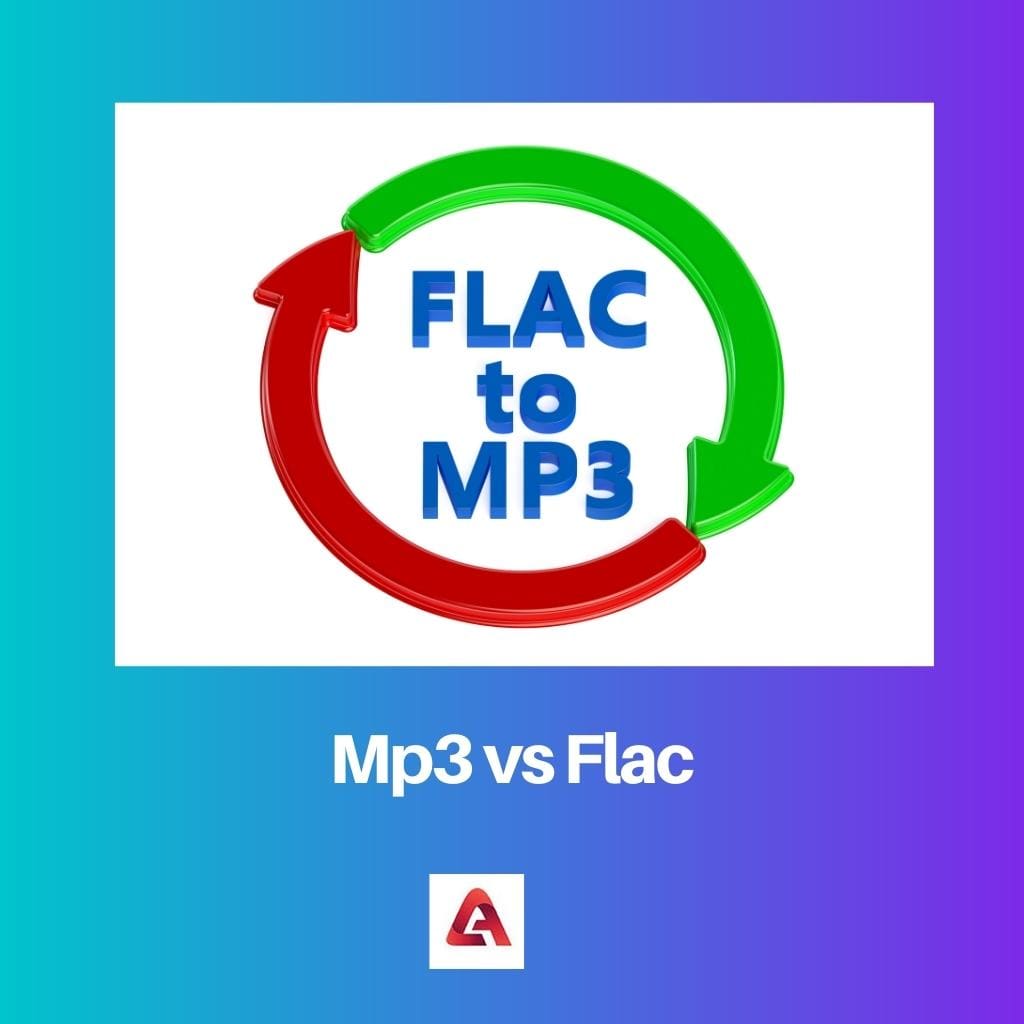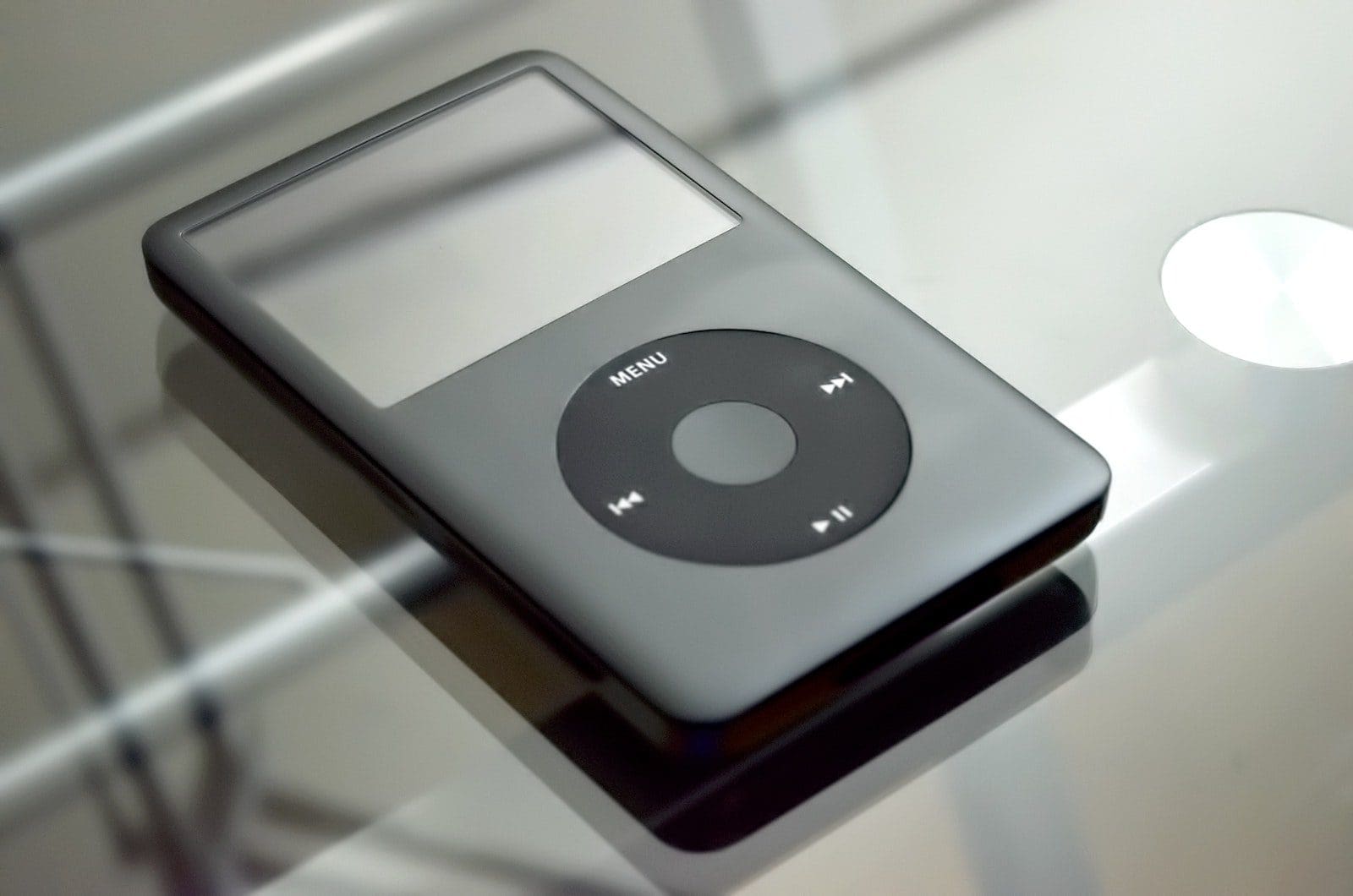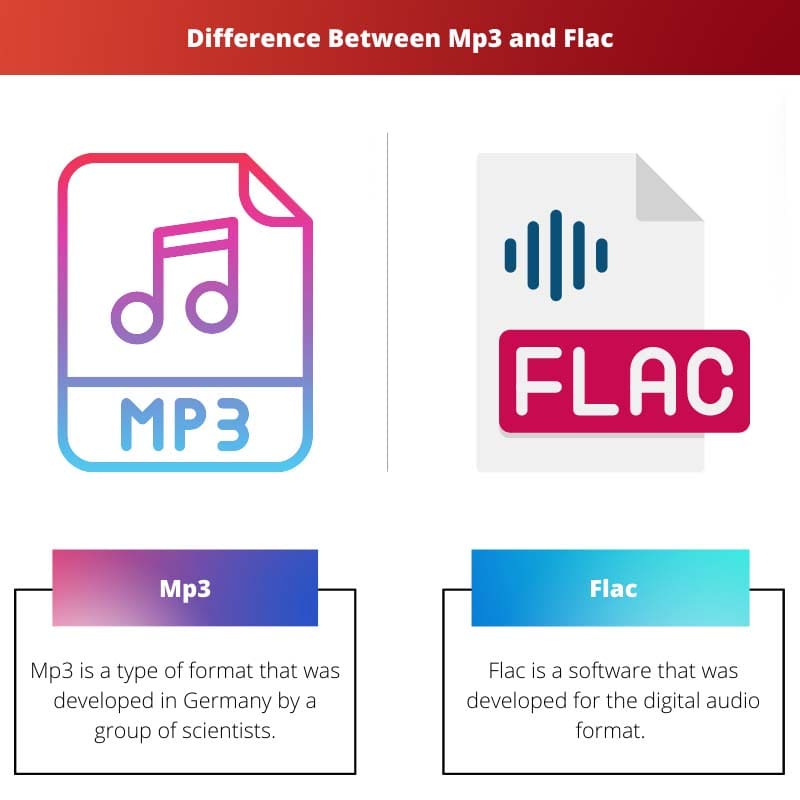MP3 is a lossy audio compression format, sacrificing some quality for smaller file sizes, making it convenient for everyday listening. FLAC is a lossless format, preserving audio fidelity without sacrificing quality, ideal for audiophiles and archival purposes, albeit with larger file sizes.
Key Takeaways
- MP3 is a lossy audio compression format that reduces the size of audio files by removing parts of the original audio data that are not essential for human hearing, resulting in a lower-quality sound.
- FLAC is a lossless audio compression format that preserves the full quality and detail of the original audio data, resulting in a higher-quality sound but with larger file sizes compared to MP3.
- MP3 is suitable for casual listening and streaming, while FLAC is preferred by audiophiles and music enthusiasts who demand the highest quality sound.
Mp3 vs. Flac
MP3 is a lossy audio compression format that sacrifices some audio quality to reduce file size. FLAC is a lossless audio compression format that preserves all the original audio data while achieving a smaller file size than uncompressed audio formats.

Comparison Table
| Feature | MP3 | FLAC |
|---|---|---|
| File type | Lossy | Lossless |
| Compression | Uses psychoacoustic modeling to remove “inaudible” sounds, reducing file size. | Compresses data without losing any audio information. |
| Sound quality | May introduce artifacts and slight loss of detail, especially at high compression levels. | Maintains the original audio quality exactly. |
| File size | Smaller (10-20% of original size) | Larger (50-60% smaller than original WAV file) |
| Compatibility | Widely supported by most portable devices and software. | Requires compatible media players and software. |
| Suitability | Ideal for portable devices with limited storage space or for streaming due to smaller file size. | Preferred by audiophiles and for situations where preserving the original audio quality is crucial (e.g., archiving music libraries). |
| Cost | Music downloaded online is offered in MP3 format. | FLAC files might be offered at a premium or require purchasing individual tracks. |
What is MP3?
MP3 stands for MPEG Audio Layer III, a widely-used audio compression format for digital audio. Developed by the Moving Picture Experts Group (MPEG), it’s designed to significantly reduce the amount of data required to represent audio, making it suitable for storage and transmission over the internet.
Technical Operation
- Lossy Compression: MP3 utilizes lossy compression algorithms to reduce the file size while maintaining acceptable audio quality. It achieves compression by discarding some audio data that is deemed less perceptually significant. This process is irreversible, meaning some audio information is lost during encoding.
- Perceptual Coding: MP3 employs psychoacoustic models to analyze and remove sounds that are less likely to be heard by the human ear. This selective removal helps in achieving high compression ratios while minimizing perceived loss in audio quality.
- Bitrate Control: MP3 allows users to adjust the bitrate, which directly affects the balance between audio quality and file size. Higher bitrates result in better audio fidelity but larger file sizes, while lower bitrates sacrifice quality for smaller file sizes.
Common Usage
MP3 became immensely popular due to its balance between audio quality and file size, making it the de facto standard for digital audio distribution, including music downloads, streaming services, and portable media players.

What is Flac?
FLAC stands for Free Lossless Audio Codec, an open-source audio compression format known for its ability to compress audio data without any loss in quality. Unlike MP3, which is a lossy compression format, FLAC is capable of retaining all of the original audio information, making it ideal for preserving high-fidelity audio.
Technical Operation
- Lossless Compression: FLAC employs lossless compression techniques to reduce the size of audio files without sacrificing any audio quality. It achieves compression by encoding audio data in a more efficient manner, allowing for significant reduction in file size while retaining all audio information.
- Predictive Encoding: FLAC uses predictive encoding algorithms to analyze audio data and predict future samples based on preceding ones. This predictive modeling helps in reducing redundancy within the audio signal, leading to more efficient compression.
- Variable Bit Depth and Sampling Rate: FLAC supports variable bit depths and sampling rates, allowing for flexibility in encoding audio files at different quality levels. This enables users to preserve audio in its original quality or choose lower quality settings to reduce file size.
Common Usage
FLAC is favored by audiophiles, music enthusiasts, and audio professionals who prioritize audio quality and fidelity. It’s commonly used for archiving and preserving original recordings, as well as for distributing high-quality audio over the internet.

Main Differences Between Mp3 and Flac
- Compression Type:
- MP3: Lossy compression, sacrificing some audio quality to reduce file size.
- FLAC: Lossless compression, retaining all original audio information without any loss in quality.
- File Size:
- MP3: Smaller file sizes compared to FLAC due to lossy compression, making it more suitable for storage and transmission with limited bandwidth or storage space.
- FLAC: Larger file sizes compared to MP3 due to lossless compression, preserving audio fidelity at the expense of larger storage requirements.
- Audio Fidelity:
- MP3: Lower audio fidelity compared to FLAC, as it discards some audio data during compression, which may result in perceptible loss in quality, particularly at lower bitrates.
- FLAC: Higher audio fidelity compared to MP3, as it preserves all original audio information without any loss, making it preferred for audiophiles and critical listening environments.
- Compatibility:
- MP3: Widely supported across various devices, platforms, and media players due to its ubiquitous usage and compatibility.
- FLAC: Less universally supported compared to MP3, but still widely supported by many media players, streaming services, and audio editing software, with increasing adoption due to its superior audio quality.




